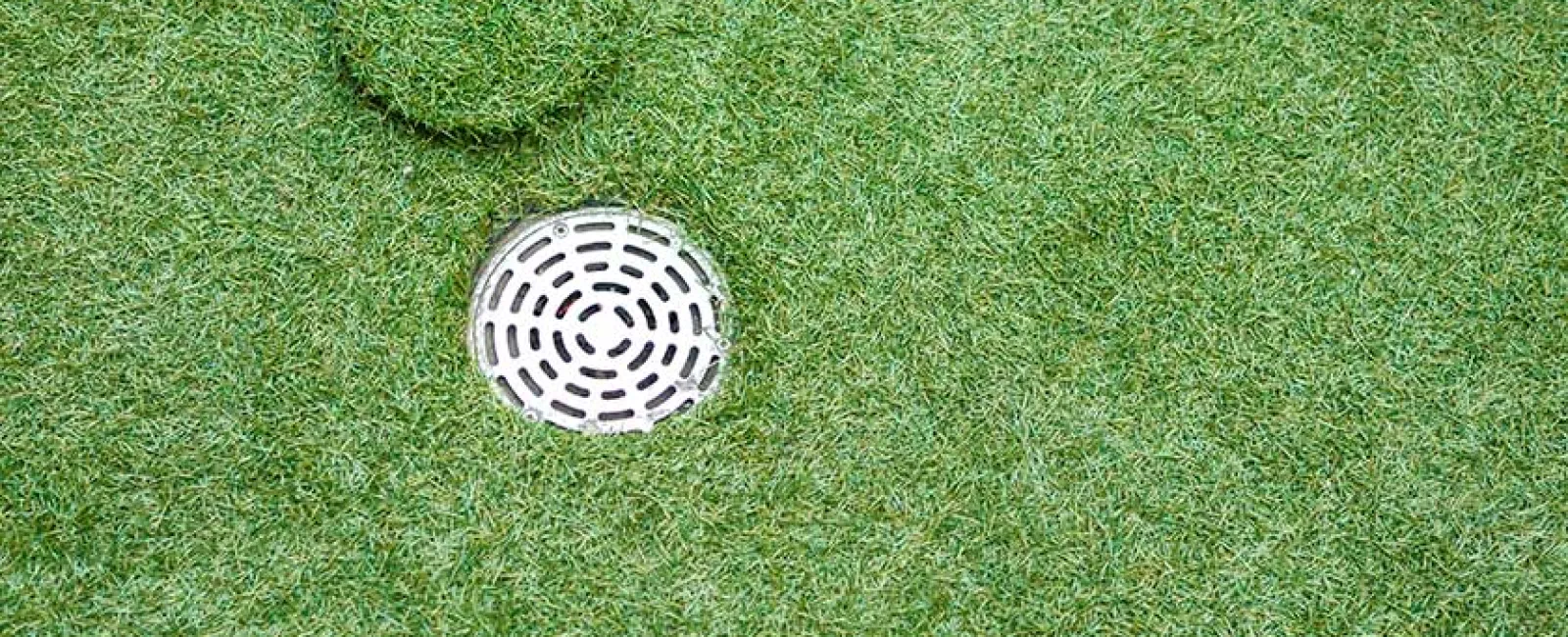For homeowners, landscapers, and businesses across the New York Tri-State area seeking low-maintenance, eco-friendly, and durable artificial grass solutions for residential and commercial outdoor spaces, the longevity and performance of their investment hinges on one critical factor: artificial grass drainage. Proper drainage prevents waterlogging, mold growth, and premature wear, ensuring a lush, vibrant surface for years to come. Neglecting this aspect can lead to costly repairs and replacements, diminishing the very benefits that make artificial grass an attractive choice. Discover the secrets to maintaining a pristine and functional artificial lawn.
How Drainage Affects Artificial Grass Performance
The foundation beneath artificial grass plays a vital role in its overall performance and lifespan. A well-designed drainage system allows water to permeate quickly and efficiently, preventing it from pooling on the surface. This is particularly important in regions like the New York Tri-State area, which experiences significant rainfall and seasonal variations. Without adequate drainage, artificial grass can become waterlogged, creating a breeding ground for mold, mildew, and bacteria. This not only affects the aesthetic appeal of the lawn but also poses health risks and reduces the lifespan of the turf.
Proper drainage also contributes to the stability and resilience of the artificial grass surface. When water accumulates beneath the turf, it can saturate the base materials, causing them to shift and compact. This can lead to uneven surfaces, wrinkles, and premature wear, especially in high-traffic areas. By ensuring efficient drainage, homeowners and businesses can maintain a smooth, even surface that withstands heavy use and remains aesthetically pleasing for years to come. Investing in a robust drainage system is a necessity for maximizing the benefits of artificial grass.
Key Elements of a Proper Drainage System
A successful artificial grass installation relies on several key elements working in harmony to ensure efficient water management. These components, when properly selected and installed, create a system that effectively channels water away from the turf, preserving its integrity and appearance.
- Sub-base Preparation: The sub-base forms the foundation of the artificial grass system and plays a crucial role in drainage. It typically consists of a layer of compacted aggregate material, such as crushed stone or gravel, which provides a stable and porous base for the turf. Proper grading of the sub-base ensures that water flows towards designated drainage points.
- Drainage Layer: Directly beneath the artificial grass is a drainage layer, often made of a highly permeable material like crushed stone dust or a specialized drainage mat. This layer allows water to quickly pass through the turf and into the sub-base, preventing water from pooling on the surface. The thickness and composition of the drainage layer are critical for effective water flow.
- Permeable Artificial Grass: The artificial grass itself must be permeable to allow water to pass through to the drainage layers below. High-quality artificial grass products feature perforations or a porous backing that facilitates water drainage while maintaining the integrity and appearance of the turf. The density and type of fibers also influence the drainage capacity of the grass.
- Drainage Pipes and Outlets: In some installations, particularly for larger areas or where natural drainage is limited, a network of drainage pipes may be necessary. These pipes collect water from the sub-base and channel it away from the artificial grass area to designated outlets, such as storm drains or dry wells. Proper placement and sizing of drainage pipes are essential for effective water removal.
- Edging and Borders: Edging and borders not only define the perimeter of the artificial grass area but also help to contain the sub-base and prevent soil erosion. Properly installed edging can also direct surface runoff towards drainage points, contributing to the overall effectiveness of the drainage system.
- Professional Installation: While the materials used are important, professional installation is paramount for ensuring a functional and long-lasting drainage system. Experienced installers understand the specific needs of the New York Tri-State area's climate and soil conditions, ensuring that the drainage system is tailored to the unique requirements of each project.
Common Problems with Poor Drainage Systems
Inadequate drainage can lead to a host of problems that compromise the beauty, functionality, and longevity of artificial grass installations. Recognizing these issues is the first step towards addressing them and preventing future occurrences.
- Waterlogging and Puddling: One of the most obvious signs of poor drainage is waterlogging, where water accumulates on the surface of the artificial grass, forming puddles. This can make the area unusable and create a slippery surface, posing safety hazards. Prolonged waterlogging can also damage the turf fibers and backing.
- Mold and Mildew Growth: Excessive moisture trapped beneath the artificial grass creates an ideal environment for mold and mildew to thrive. These fungi can cause discoloration, unpleasant odors, and health concerns. Removing mold and mildew can be challenging and may require professional cleaning.
- Unpleasant Odors: The buildup of moisture and organic matter in poorly drained artificial grass can lead to unpleasant odors. This is particularly common in areas where pet waste is present. Proper drainage helps to flush away these materials, preventing odors from developing.
- Premature Wear and Damage: When the sub-base becomes saturated, it can lose its stability, leading to shifting and compaction. This can cause the artificial grass to become uneven, develop wrinkles, and wear out prematurely, especially in high-traffic areas. Repairs can be costly and disruptive.
How Drainage Prevents Water Pooling on Turf
Effective drainage is paramount in preventing water from accumulating on the surface of artificial turf, ensuring a safe, usable, and aesthetically pleasing outdoor space for homeowners, landscapers, and businesses in the New York Tri-State area. When water pools on the turf, it not only creates an unsightly and uncomfortable environment but also poses several risks to the integrity and longevity of the artificial grass. A well-designed drainage system works diligently to channel water away quickly and efficiently, maintaining a dry and functional surface regardless of weather conditions.
The primary mechanism by which proper drainage prevents water pooling involves facilitating the rapid movement of water through the artificial grass and into the underlying layers. Permeable artificial turf allows rainwater and other liquids to seep through its backing. Beneath the turf, the drainage layer, typically composed of porous materials like crushed stone or a specialized drainage mat, acts as a conduit, directing the water towards the sub-base. The sub-base, with its graded and compacted aggregate, ensures that the water flows towards designated drainage points, such as perimeter drains, storm drains, or natural slopes. This multi-layered approach ensures that water does not remain stagnant on the surface, thus preventing the formation of puddles.
Best Materials for Artificial Grass Drainage
Selecting the right materials is crucial for creating an effective artificial grass drainage system that can withstand the diverse weather conditions of the New York Tri-State area. Each component of the drainage system plays a specific role in managing water flow, and choosing high-quality, appropriate materials ensures optimal performance and longevity.
For the sub-base, crushed stone or gravel is often the preferred choice due to its excellent drainage properties and ability to provide a stable foundation. The aggregate should be well-graded and compacted to prevent shifting and ensure a consistent slope for water runoff. The drainage layer, situated directly beneath the artificial turf, benefits from materials with high permeability, such as crushed stone dust, which allows water to pass through quickly while providing a smooth surface for the turf. Specialized drainage mats, made from synthetic materials, offer an alternative with exceptional drainage capabilities and can be particularly useful in areas with heavy rainfall or poor natural drainage.
Installing Drainage Systems for Artificial Turf
Proper installation is just as vital as material selection when it comes to ensuring an effective drainage system for artificial turf. A meticulous installation process guarantees that each component works in harmony to manage water efficiently, protecting the investment and maximizing the lifespan of the artificial grass.
The first step involves preparing the sub-base. This includes excavating the area to the required depth, ensuring a level surface, and then adding layers of aggregate material. Each layer must be properly compacted and graded to create the necessary slope for water runoff. The drainage layer is then installed over the sub-base. For crushed stone dust, this involves spreading an even layer and compacting it. If using a drainage mat, it is rolled out and secured, ensuring proper overlap at the seams. Laying the permeable artificial grass comes next, ensuring it is stretched evenly and securely fastened to the perimeter.
For installations requiring drainage pipes, these are typically placed within the sub-base or along the perimeter, connected to appropriate outlets. The entire system must be installed with precision, paying close attention to slopes and connections, to avoid any areas where water might accumulate. Professional installation is highly recommended to ensure all aspects of the drainage system are correctly implemented, providing homeowners and businesses in the New York Tri-State area with a reliable and long-lasting artificial grass solution.
How Permeable Layers Aid in Water Drainage
Permeable layers are fundamental to the effectiveness of any artificial grass drainage system. These layers, strategically placed beneath the artificial turf, play a critical role in allowing water to pass through and flow away from the surface, preventing waterlogging and its associated problems.
The artificial grass itself is the first permeable layer. High-quality artificial turf is designed with perforations in its backing or a porous structure that allows water to seep through. This permeability ensures that rainwater and other liquids do not remain on the surface but instead move downwards into the subsequent drainage layers. Beneath the turf, the drainage layer acts as a secondary permeable barrier. Materials like crushed stone dust or specialized drainage mats are highly porous, allowing water to flow horizontally towards drainage outlets or to permeate further into the sub-base. The sub-base, composed of compacted aggregate, is also permeable, albeit to a lesser extent than the drainage layer. Its primary function is to provide stability and a graded surface that directs the water towards designated drainage points. Each of these permeable layers works in concert to manage water, ensuring that the artificial grass surface remains dry and usable, even after significant rainfall.
Benefits of a Well-Designed Drainage System
Investing in a well-designed drainage system for artificial grass offers numerous advantages, ensuring the longevity, performance, and aesthetic appeal of the installation for homeowners, landscapers, and businesses in the New York Tri-State area. These benefits extend beyond just preventing water pooling, contributing to a safer, healthier, and more enjoyable outdoor space.
- Prevents Waterlogging: Effective drainage ensures that water does not accumulate on the surface, preventing the formation of puddles and creating a usable space even after heavy rain. This is particularly important for maintaining accessibility and safety in both residential and commercial settings.
- Inhibits Mold and Mildew Growth: By keeping the artificial grass dry, a good drainage system significantly reduces the risk of mold and mildew growth. This not only preserves the appearance of the turf but also helps to create a healthier environment, free from potential allergens and unpleasant odors.
- Eliminates Unpleasant Odors: Proper drainage helps to flush away pet waste and other organic matter that can accumulate on the artificial grass. This prevents the buildup of bacteria and the development of unpleasant odors, ensuring a fresh and clean outdoor space.
- Extends Turf Lifespan: By preventing water from saturating the sub-base and causing instability, a well-designed drainage system helps to protect the artificial grass from premature wear and damage. This ensures that the investment remains in excellent condition for many years, maximizing its value.
Enhance Your Space: Turf Tek's Artificial Grass Solutions
Ensure proper artificial grass drainage for a lasting, vibrant lawn. We provide expert residential artificial turf services for a stress-free and beautiful yard. Turf Tek offers high-quality artificial grass products that keep your outdoor space beautiful and functional year-round. Let us enhance your landscape with our premium services.


